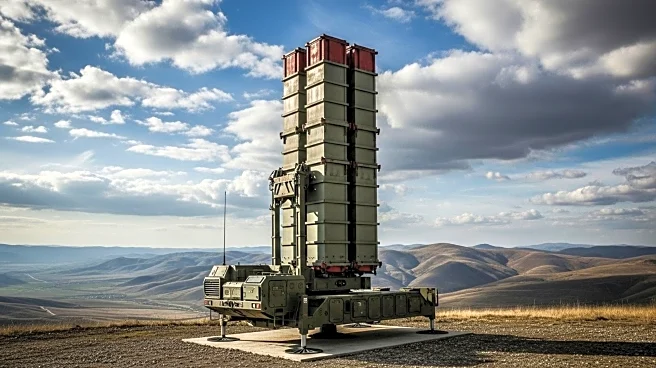What's Happening?
Viasat's second ViaSat-3 satellite, ViaSat-3 F2, has been delivered to Florida in preparation for a launch scheduled for the second half of October. The satellite, which weighs six tons, was transported from Boeing's factory in California and will be integrated with a United Launch Alliance Atlas 5 rocket. This launch follows an earlier deployment of ViaSat-3 F1, which faced an antenna deployment issue that significantly reduced its capacity. The ViaSat-3 F2 is expected to provide broadband services over the Americas, with plans to eventually reposition ViaSat-3 F1 to cover Europe, the Middle East, and Africa. The ViaSat-3 series is designed for global operability, allowing flexible deployment based on customer demand.
Why It's Important?
The launch of ViaSat-3 F2 is crucial for Viasat as it seeks to enhance its broadband service capabilities, particularly in competition with SpaceX's Starlink. The satellite's high capacity is expected to meet the growing demand for connectivity in aviation and maritime sectors. The successful deployment of this satellite could strengthen Viasat's market position and provide a significant boost to its service offerings. Additionally, the ability to reposition satellites based on demand highlights the strategic flexibility and potential for expanded global coverage, which is vital in the competitive satellite broadband industry.
What's Next?
Following the launch, ViaSat-3 F2 is expected to begin providing services in 2026. The company will monitor the satellite's performance closely to ensure it meets the expected capacity and service quality. The repositioning of ViaSat-3 F1 to cover other regions will also be a key focus, as Viasat aims to optimize its satellite network for maximum efficiency and coverage. The development of the Asia-focused ViaSat-3 F3, slated for service in 2026, will further expand Viasat's global reach.













